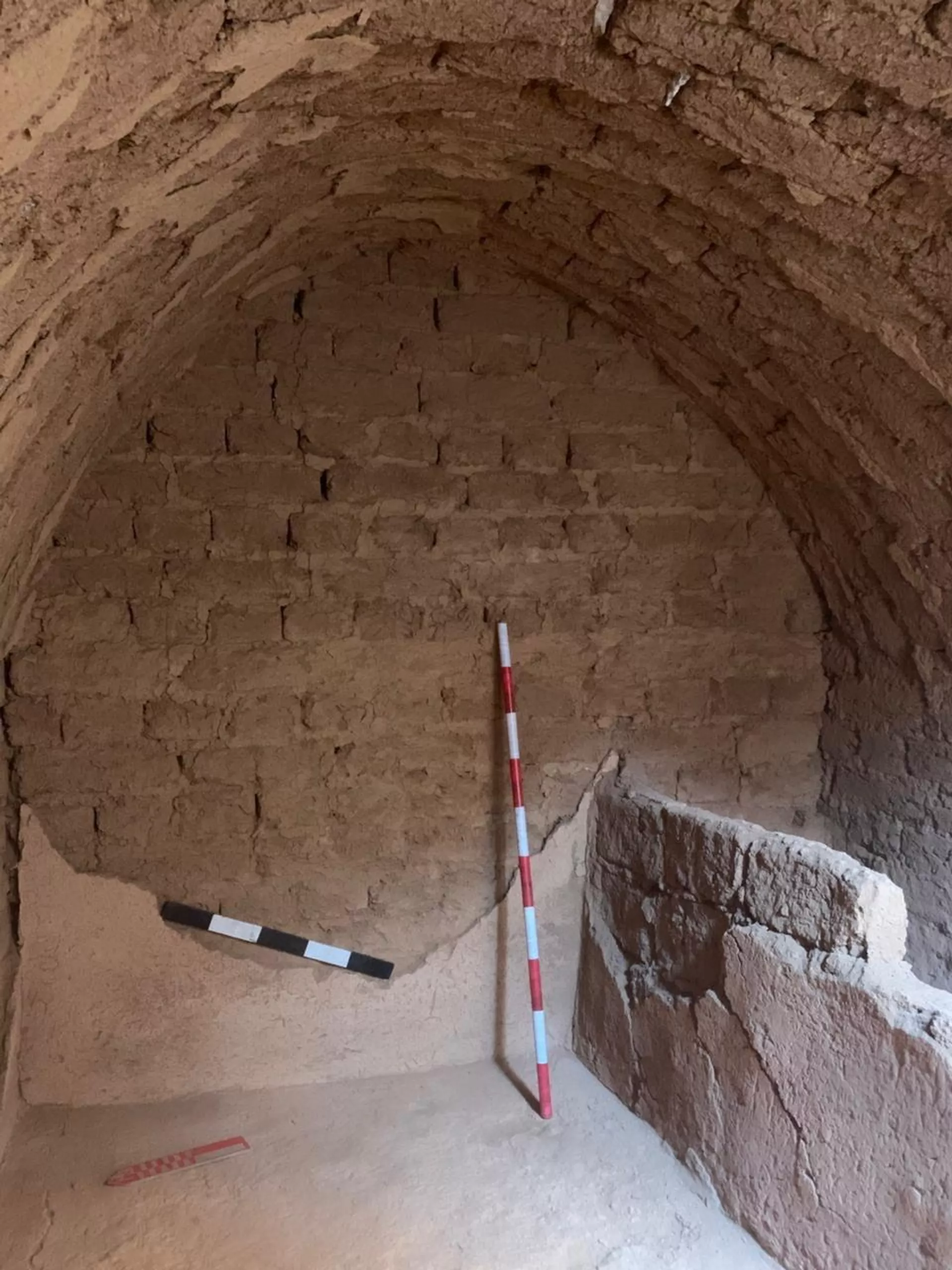Cairo – Saba:
The Egyptian Ministry of Tourism and Antiquities announced on Friday two important archaeological discoveries in the southern Sohag province.
In an official statement, the ministry said that an Egyptian-American archaeological mission from the University of Pennsylvania succeeded in discovering a royal tomb dating back to the Second Intermediate Period in the "Mount Anubis" necropolis in Abydos.
An Egyptian archaeological mission affiliated with the Supreme Council of Antiquities succeeded in uncovering a complete pottery workshop dating back to the Roman era. It was later revealed that the site was reused as a cemetery during the seventh century AD in the village of Banawit.
According to the statement, Dr. Sherif Fathy, Minister of Tourism and Antiquities, stressed that these two discoveries will contribute to enhancing Egypt's tourism appeal and highlighting the country's archaeological diversity. They will also provide new scientific information that will contribute to a deeper understanding of ancient Egyptian history.
Meanwhile, Dr. Mohamed Ismail Khaled, Secretary-General of the Supreme Council of Antiquities, explained that the Abydos Royal Cemetery provides new scientific evidence about the development of royal tombs in the Mount Anubis area, dating back to the kings of the Abydos Dynasty, which ruled Upper Egypt between 1700 and 1600 BC.
He pointed out that this discovery contributes to clarifying complex aspects of the political history of the Second Intermediate Period.
Meanwhile, Dr. Joseph Wagner, head of the Egyptian-American archaeological mission, stated that the tomb was found 7 meters below ground level and includes a limestone burial chamber covered by mudbrick vaults with an original height of 5 meters.
Prominent inscriptions depicting the two goddesses Isis and Nephthys were also discovered at the entrance to the tomb, along with inscription bands bearing the name of the king, who has yet to be identified. However, the tomb is the largest compared to other tombs attributed to the Abydos Dynasty.
Wagner added that the mission will continue its research and study to determine the exact date of the tomb and the king buried within it, which may open new horizons for understanding the Second Intermediate Period.
On the other hand, the Egyptian archaeological mission uncovered a huge pottery workshop in the village of Banawit dating back to the Roman era. This workshop was one of the largest production centers that supplied the Ninth Region with pottery and glass products.
Mohamed Abdel Badie, head of the Egyptian Antiquities Sector at the Supreme Council of Antiquities, stated that "the workshop contained a large group of kilns and spacious warehouses, in addition to 32 ostraca written in Demotic and Greek script, detailing commercial transactions at the time and tax payment mechanisms."
Preliminary studies have also shown that the site was reused as a cemetery during the seventh century AD, and its use may have extended until the fourteenth century. Mudbrick tombs containing skeletons and mummies, mostly of children, were found.
Among the most notable discoveries are the mummy of a child lying in a sleeping position, wearing a colorful fabric cap, the skull of a woman in her thirties, and remains of ancient plants such as wheat, doum palms, and barley.

| more of (International) |




